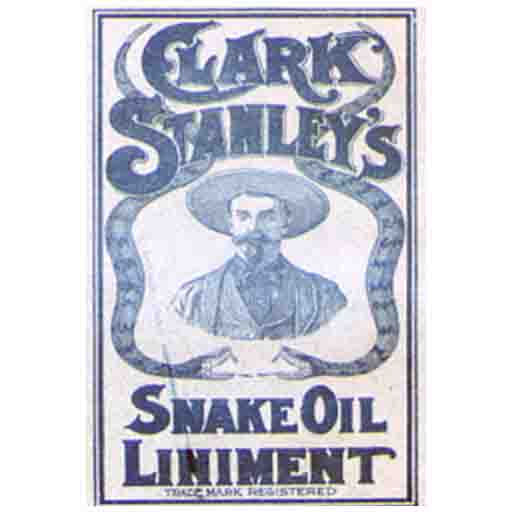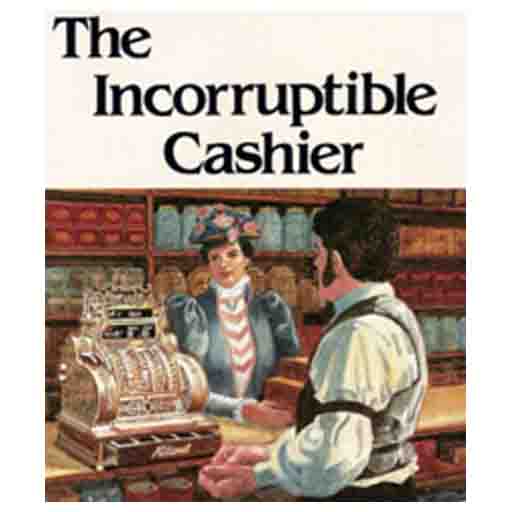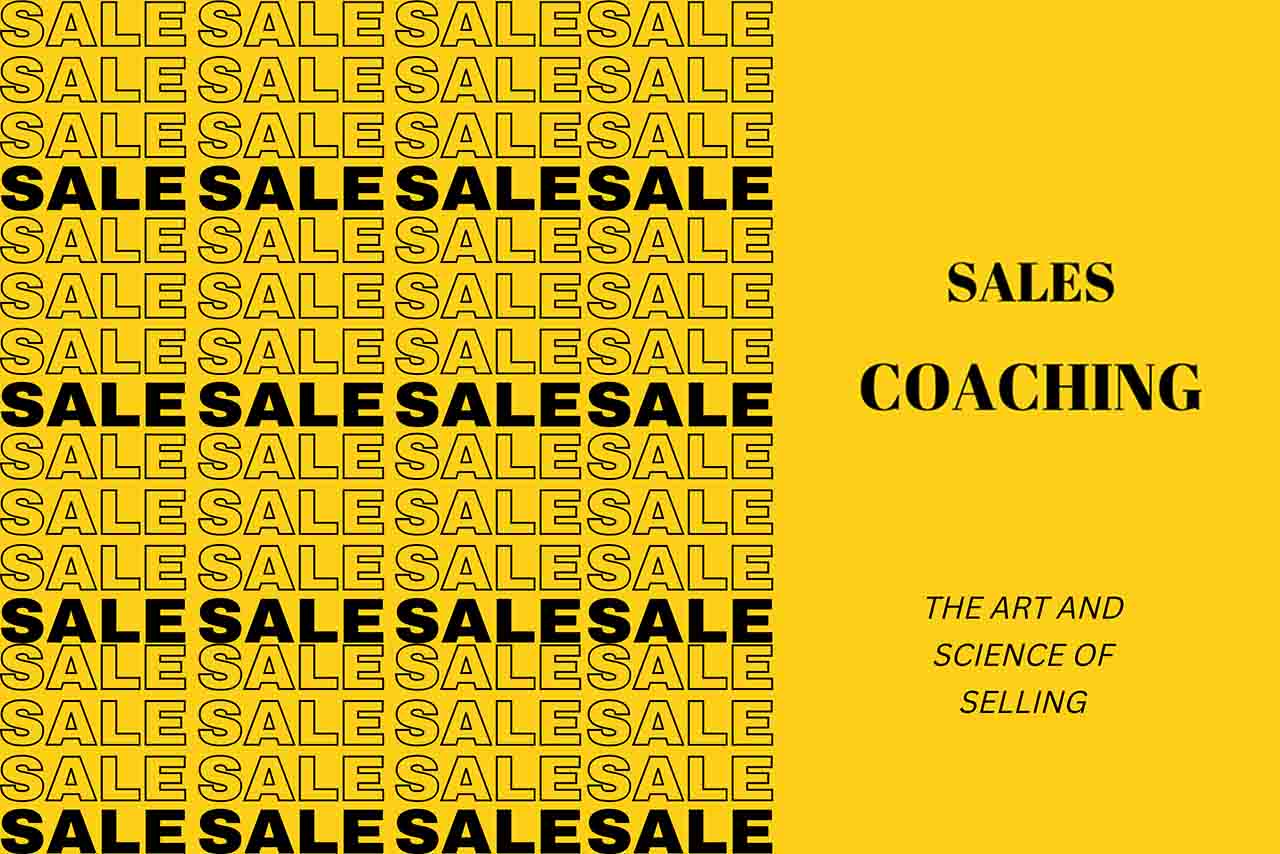Here we are again, what is coaching exactly? do I need a coach? a mentor? a trainer? and, after all, what is Sales? Art or Science?
Successful salespeople are very practical creatures, so this article will not waste time in trying to clarify these semantic dilemmas but wants to help Sales executives to engage the right professional and to understand what is needed for them and for their teams to improve sales numbers, remove obstacles, fully leverage their potential and be able to improve performances and hit that Month, Quarter and Year sales targets.
Sales has always been that Company function that counted the highest number of trainings, “how to” books, manuals “for dummies”, case studies, seminars, even compared with much more glorified and serious “scientific” Corporate disciplines like Finance, Marketing or Manufacturing.
Lone salesmen used to work at the frontier of the Company in the hostile customers’ territories, as a matter of fact, two of my favorite sales stories took place in the Far West at the mid 18th Century when many fraudulent commercial campaigns contributed to building dubious reputation for the first sales pioneers (also affecting many of their future colleagues)
I am referring of course to the infamous “art” of snake oil salesmen, travelling from village to village and talking naive customers into believing the miraculous health benefits of a precious bottle of “snake oil” (Clark Stanley the most famous snake oil salesman born 1854)

Far West, in the same period, was also the cradle of the first professionalized scientific sales approach. John H. Patterson (born 1844) president of NCR, National Cash Register (Company that I can proudly list as my first employer!) created the very first sales management system. At that time in the Old West, NCR had the perfect value proposition for the retailers and the perfect product for salespeople to propose (“the incorruptible Cashier”)

There was not time to lose! Mr. Patterson gave NCR salespeople scripts to memorize, assigned them territories to cover, customer lists to contact, number of visits to complete, success rates to achieve, quotas were carefully calculated, sales convention organized, competitors targeted, and salespeople motivated with structured incentive plans.
A true innovator with his 4-phase sales method (Customer approach, Value proposition, Product demonstration, Deal closing) with customer psychology always at the center of the attention, customer that should always be compelled but never pressured to buy. All these detailed techniques were formalized in a sales manual that made history and maintains intact its validity even in todays’ world of sophisticated Cloud based digital CRM applications.
While a good sales coach should be somehow fluent with both the “Art” and the “Science” of selling, the real value that a certified coach brings to the table goes well beyond the training of sales techniques and commercial strategies.
As a matter of fact, a Sales Coach works at a completely different level with the salesman: His mindset and His presence
Every salesperson can have different areas that need changes to maximize performances, here below are some of the most common areas that are normally addressed by sales coaches.
- Confidence – It is the perfect example of a combined coaching of mindset and physical presence, starts the very moment a salesperson enters a room just before meeting the potential customer, all the anxieties are left outside of the door. No matter the hierarchical position, it is an encounter among piers and both are in a position to get value from the meeting. Yes, first impression still counts, solid eye contact, walk, body posture and handshake are all the necessary ingredients to build chemistry and rapport… and the salesperson has not even started to talk yet!
- Trust – The days of snake oil selling are over, fact checking is just a click away, trust need to be earned with transparency, empathy and authenticity, all things that normally comes from listening with presence…
- Listening – By far the hardest thing to do for a salesperson especially when “deep listening” is needed to build trust. Many salespeople stop their listening at the fact and data layer, anxious to open their mouth and jump into the comfort zone of their preferred sales pitch. The hardest change is to be patient and keep listening for the emotion layer, the real meaning layer of what the customer is saying and finally be able to even “listen” for the Customer unsaid, many times it is in this deep layer that hides the key to close the deal


